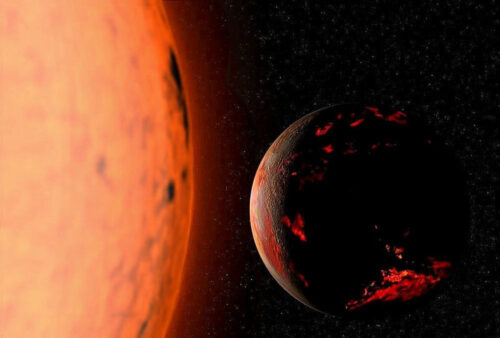
In a rare celestial event, astronomers from esteemed institutions such as MIT, Harvard, and CalTech have observed a distant red giant star consuming one of its planets.
This captivating event sheds light on the destructive power of stars like our Sun when they transition into red giants.
By studying this phenomenon, scientists gain valuable insights into the lifecycle of stars and the fate that awaits our own Solar System in the distant future.
In this article, we will explore the awe-inspiring details of this star-planet interaction, the scientific discoveries made by the researchers, and the implications for our understanding of the cosmos
Stars, including our Sun, rely on a delicate balance between inward gravitational pressure and outward thermal pressure to maintain their spherical shape and emit radiation.
This equilibrium, known as the main sequence, allows stars to shine steadily for billions of years. However, as stars age, they teeter on the edge of this balance, leading to extraordinary transformations.
As stars like our Sun consume hydrogen and fuse it into helium, they gradually lose mass over billions of years. This loss of mass weakens the star’s gravitational force, eventually reaching a point where it can no longer counterbalance the outward pressure from fusion.
The star then expands, turns red, and enters the red giant phase. During this phase, red giants often engulf and destroy any planets that venture too close.
Astronomers utilized the Zwicky Transient Facility (ZTF), an automated survey facility equipped with a wide-angle camera, to monitor changes in the night sky.
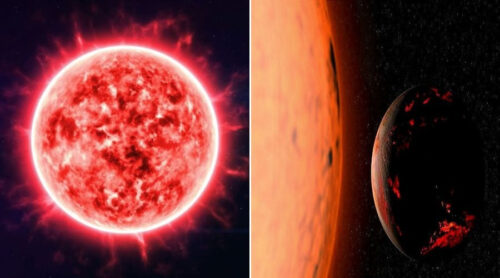
In May 2020, the ZTF detected a star that rapidly brightened by over 100 times its initial brightness, followed by a prolonged signal.
Through further observations and spectroscopic measurements, the researchers determined that this event was the result of a star devouring one of its planets.
The researchers’ findings, published in the journal Nature, provide groundbreaking insights into this celestial feast.
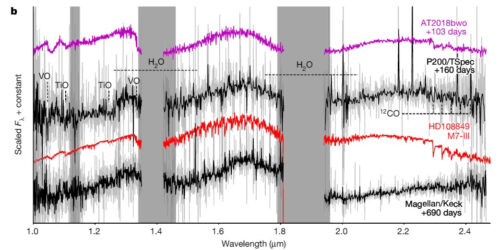
The team identified “peculiar molecules” emitted by the star, indicating temperatures significantly colder than those found in typical stellar binary systems. Further analysis revealed that the planet consumed by the star had a mass similar to Jupiter.
The event’s energy release was also notably smaller than previous stellar mergers, signifying the unique nature of the star-planet interaction.
This groundbreaking discovery marks the first time astronomers have witnessed a star consuming a planet in real time.
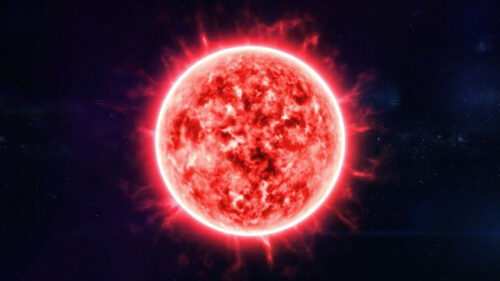
While the event holds a certain melancholy sentiment, as it foreshadows the fate of our own Solar System billions of years from now, it offers valuable knowledge about the evolution of stars and the destructive forces they possess.
It underscores the fragility of planetary systems and prompts reflection on the potential for life in the universe.
The mesmerizing event of a star devouring one of its planets provides astronomers with invaluable data about the life cycle of stars and the destiny that awaits our Solar System.
Through careful observation and analysis, scientists have unraveled the unique characteristics of this celestial feast, shedding light on the inner workings of red giants.
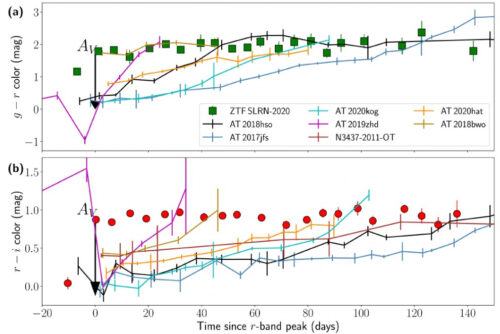
As we marvel at the extraordinary events unfolding in the universe, we deepen our understanding of the cosmos and our place within it.
